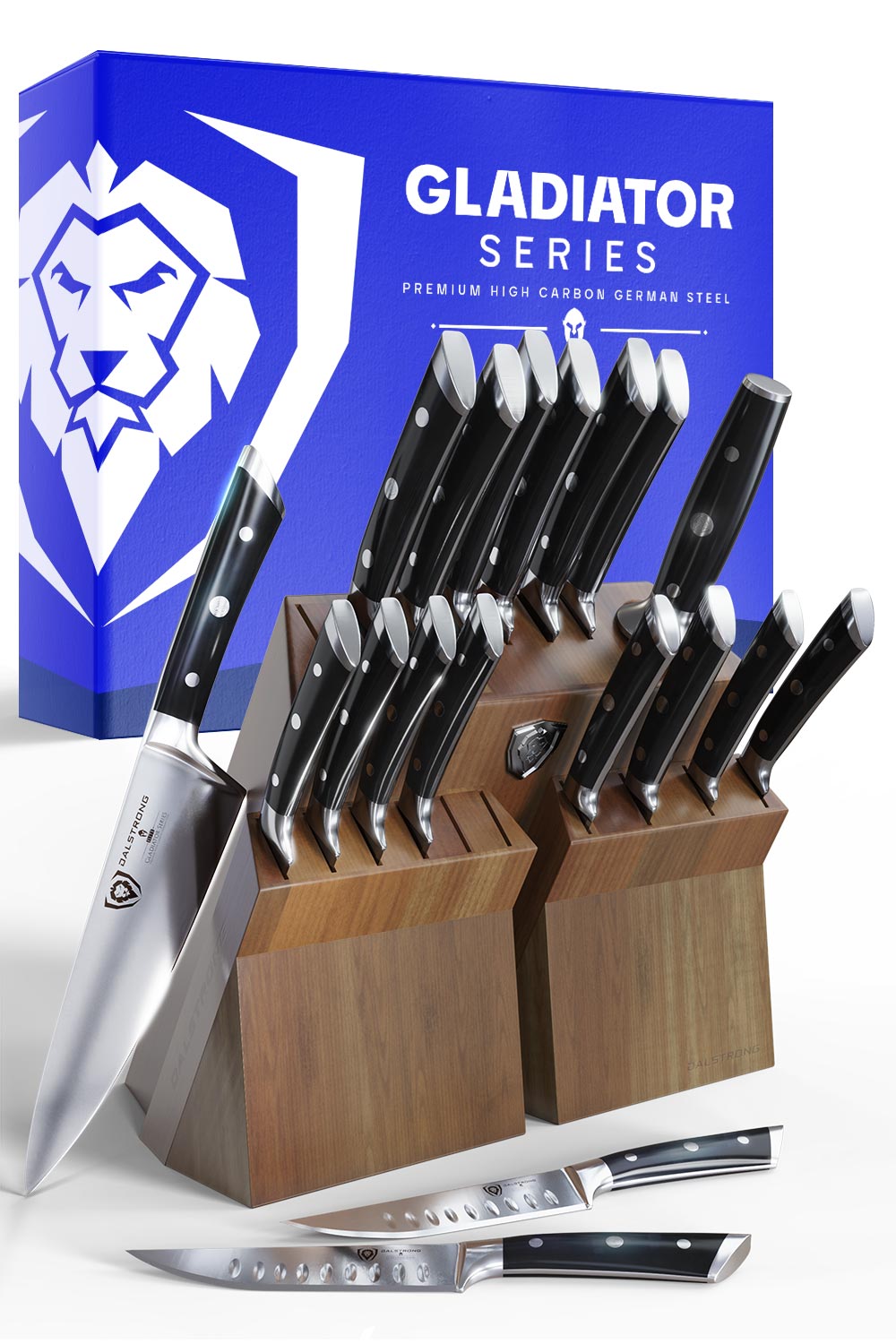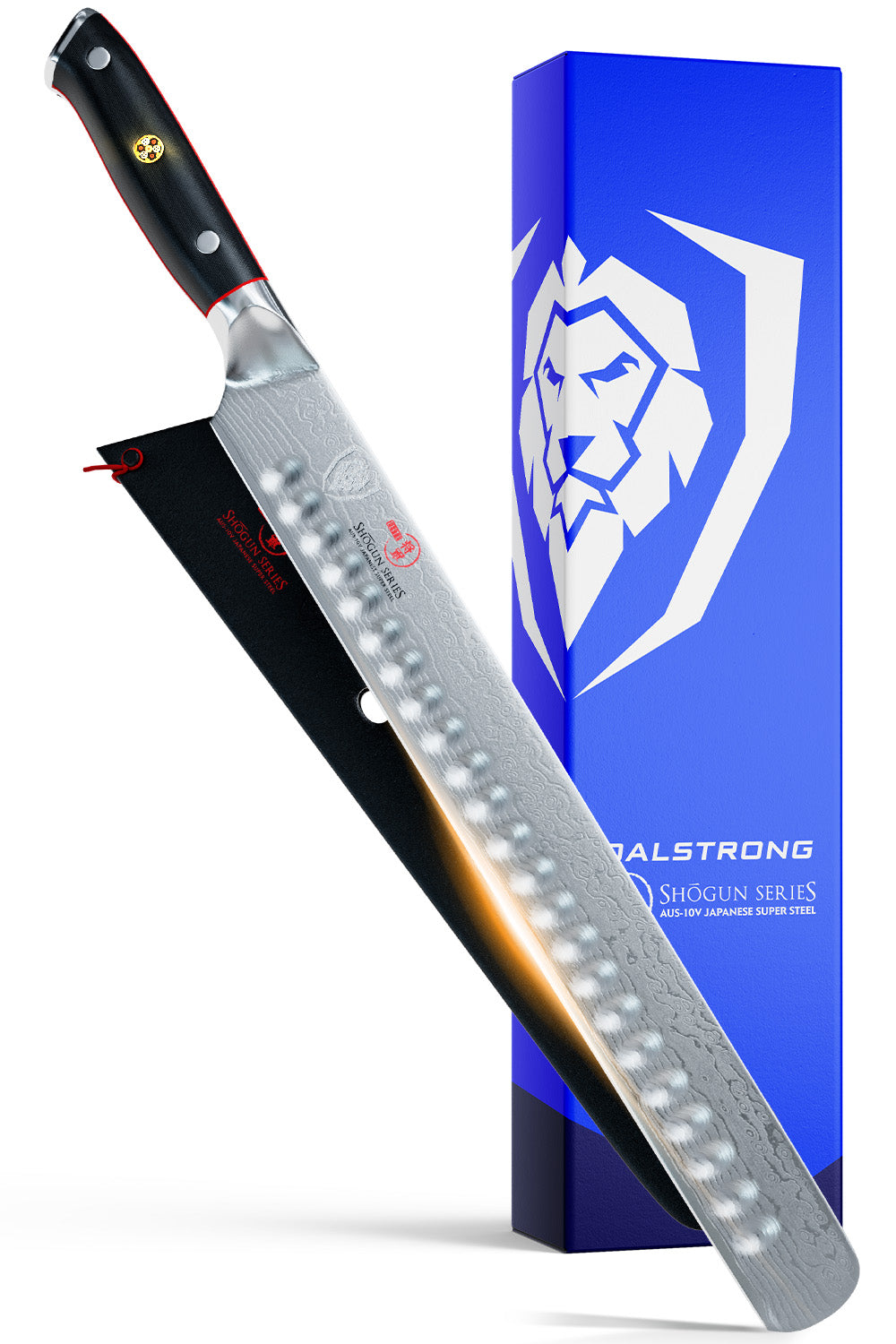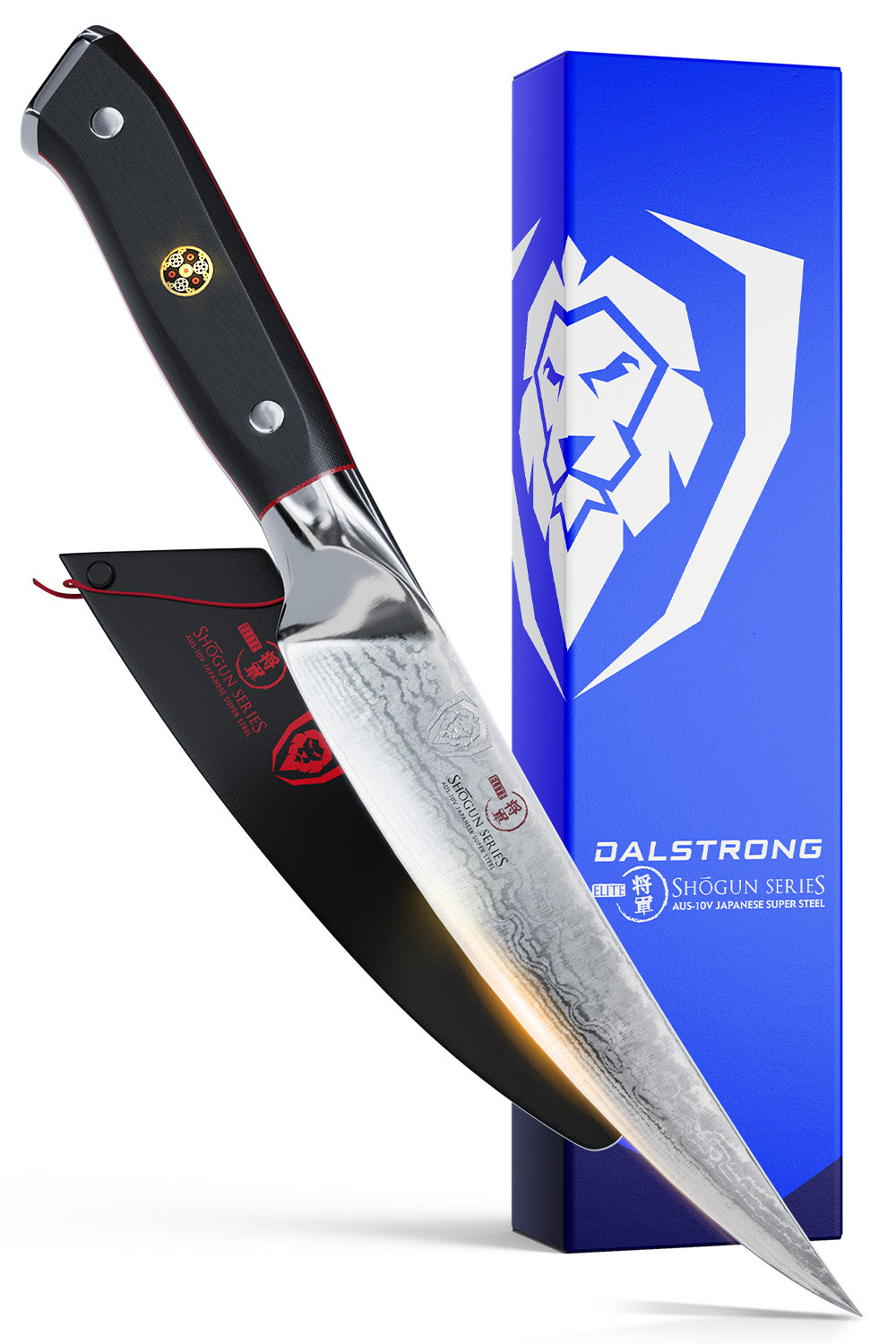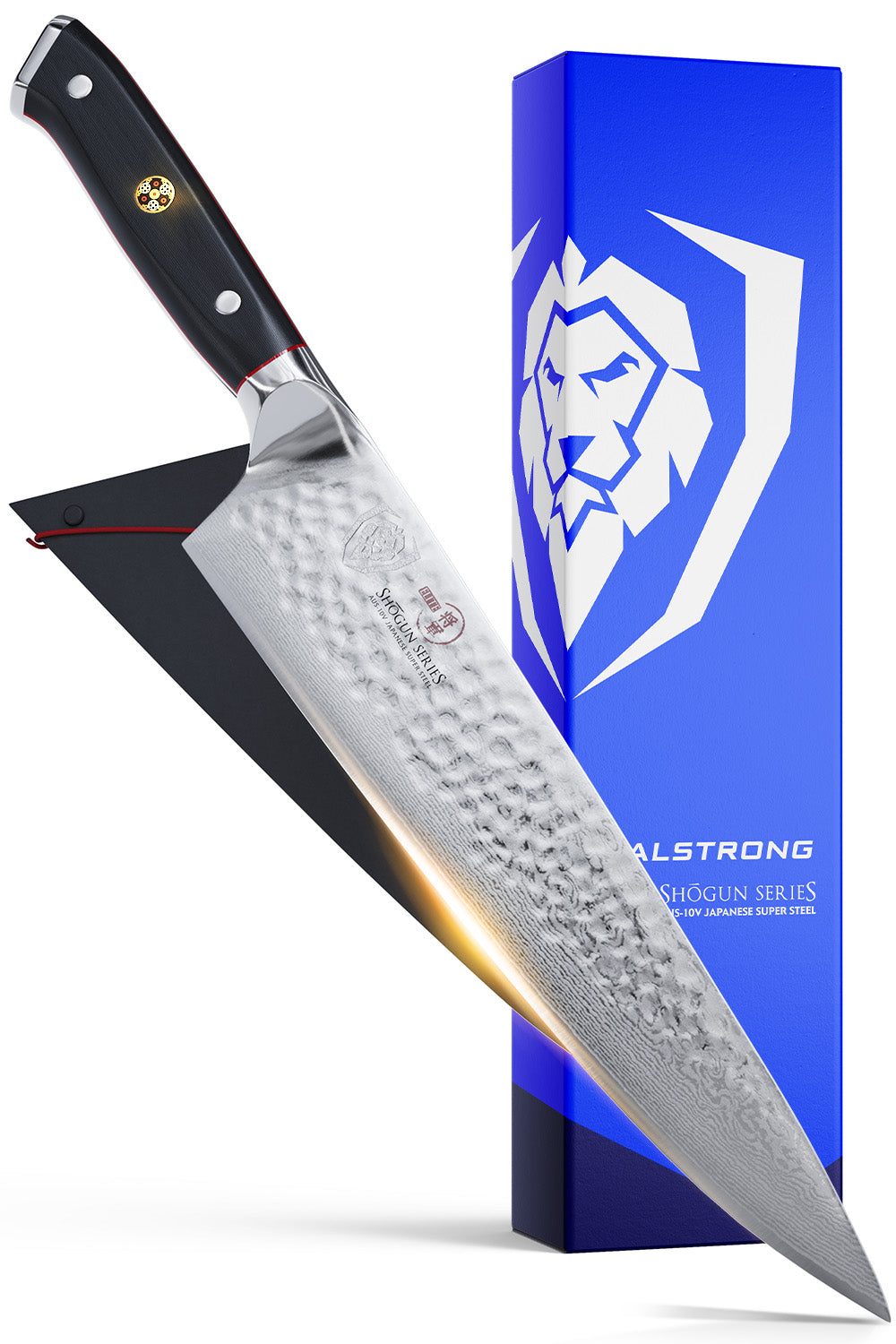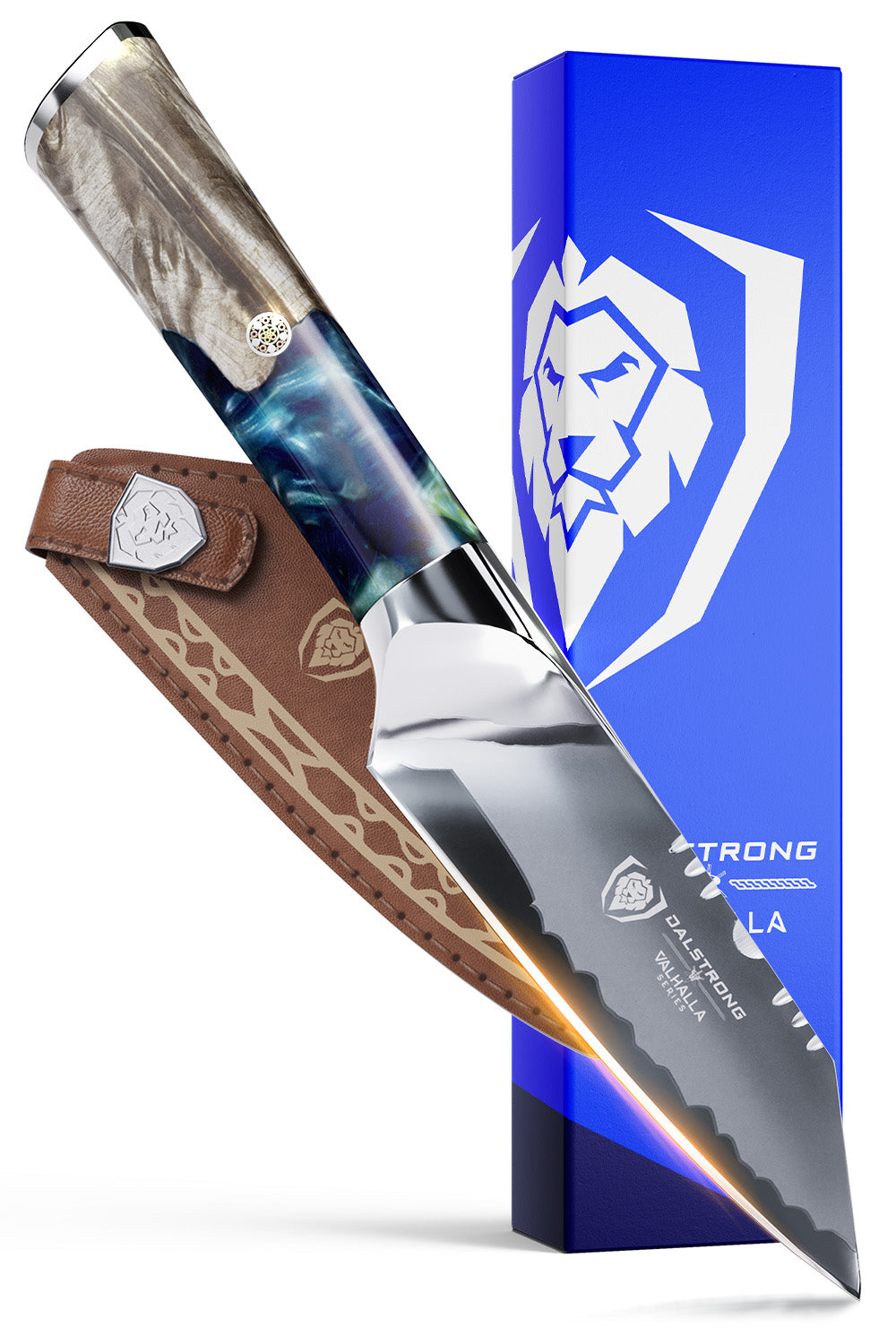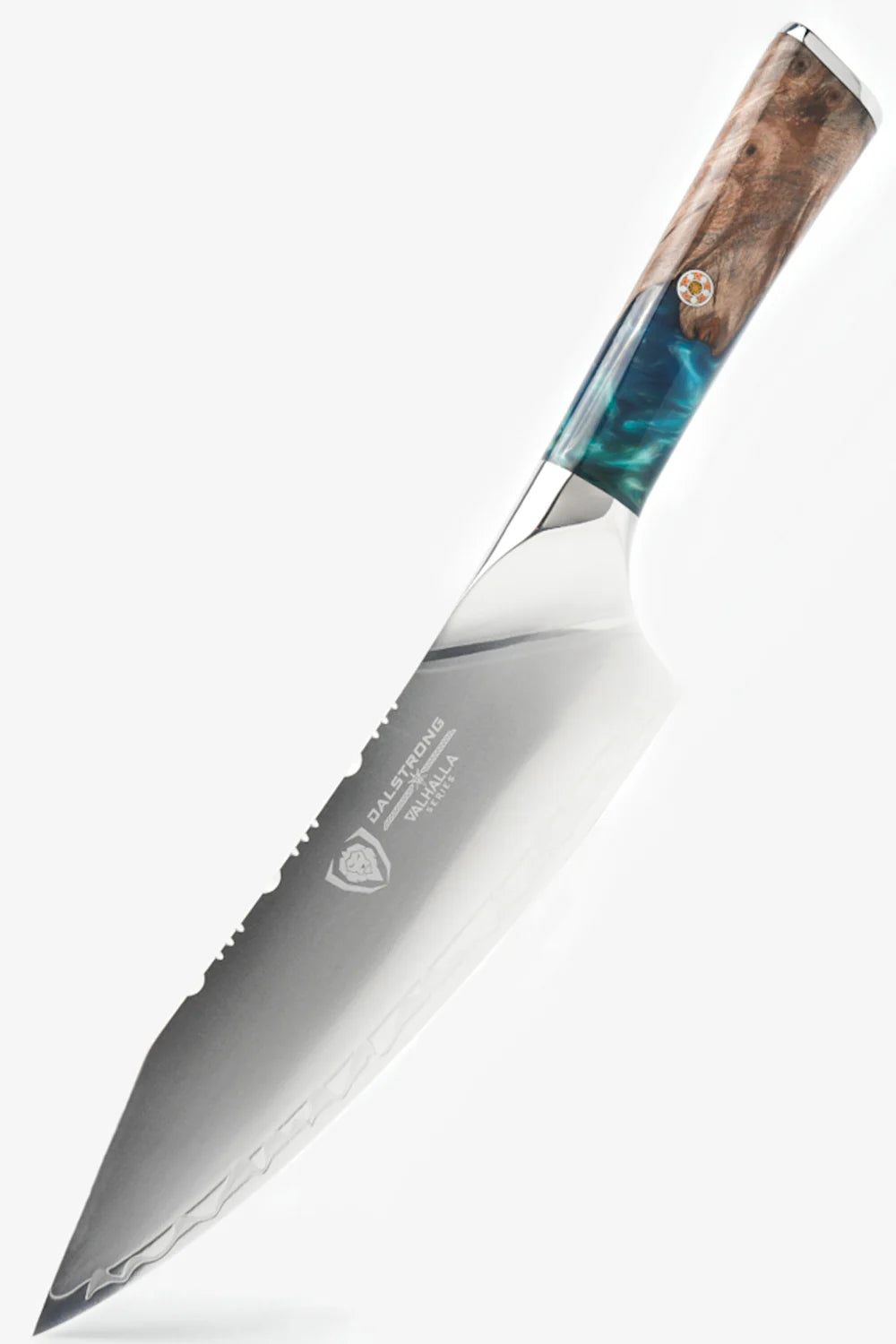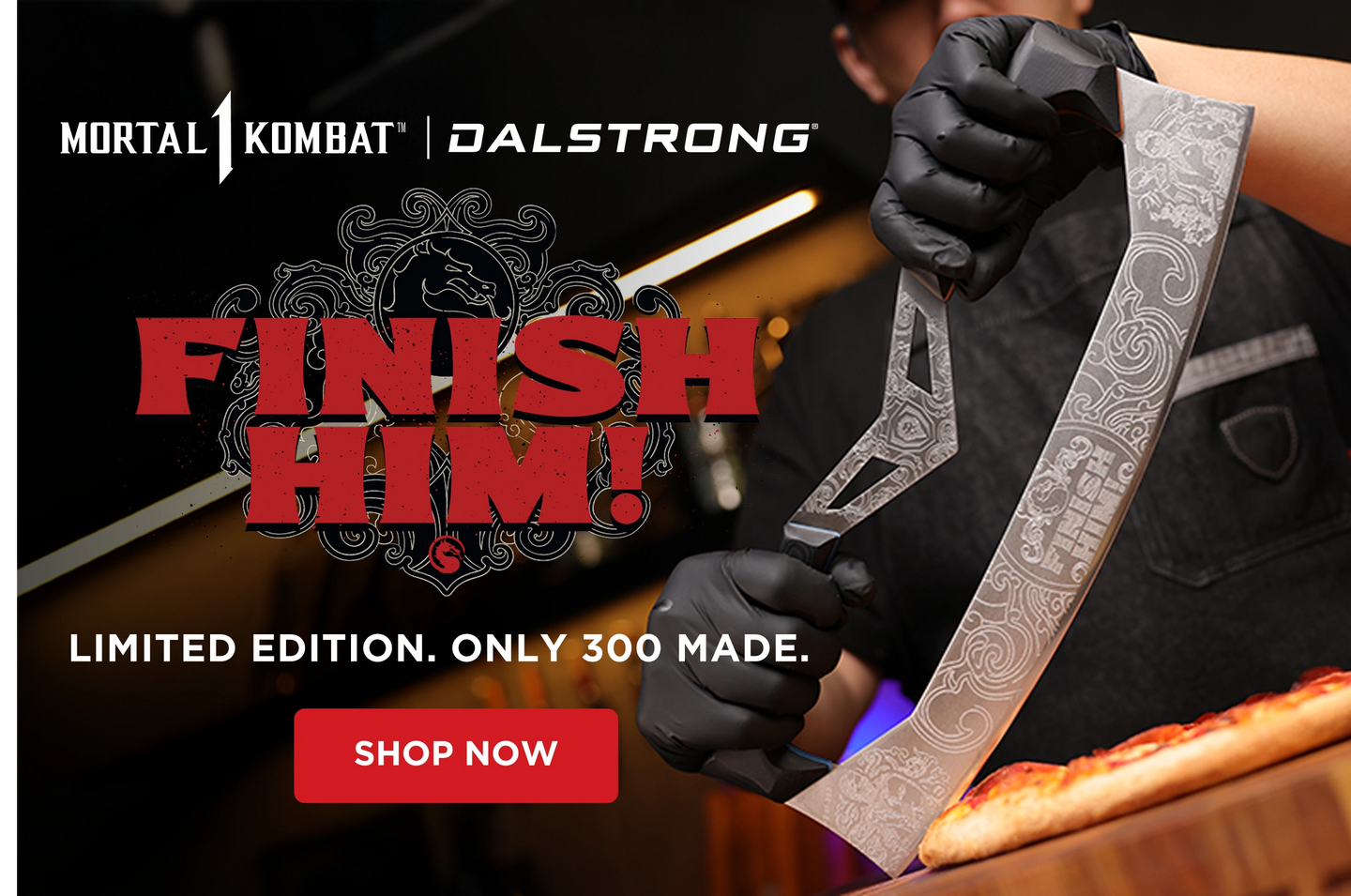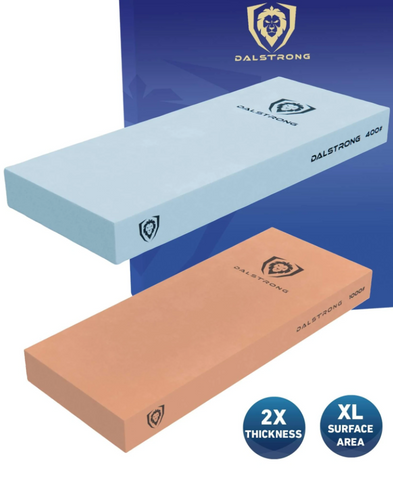#3000 / #8000 Grit Premium Whetstone Set
Today, we’re talking about knife sharpeners and their importance. Having a knife block with sharp knives ready to be used is the way to a very convenient experience in the kitchen. To be honest, I didn’t use professional knife sharpeners for a while. But, my knives underwent the consequences, and I don’t want that for you.
Think of it this way – If you’re investing in a professional knife, using a knife sharpener to maintain its razor sharp edge is the best way to cherish it. In fact, knife manufacturers recommend sharpening your knife, too. This article will guide you to a seamless knife sharpening process using various professional knife sharpeners.
1. What Is Knife Sharpening?
If you’re familiar with filing your nails, this is more or less the same thing. Except, you’re ‘filing’ your knives (and scissors!). Knife sharpening is crucial if you’ve got a dull knife blade. A dull blade invites mishaps and accidents that can 100% be prevented.Using sharpening tools such as whetstones helps clean the blade of your knife for larger meats or briskets. While you may not need a knife with a razor sharp edge or blade for cutting cucumbers or slicing a banana, you will need it to slice large vegetables or carve turkeys, you’re going to get in trouble. Let’s understand this a little better.
2. Why Do You Need To Sharpen Your Knife?
A dull knife is much more dangerous to use than a knife that has been sharpened. Dull knives require a lot more pressure to cut, which can cause them to ‘bite’ the surface of your fruit, vegetable, or meat. The more pressure you apply, the higher your chances of getting hurt. This is because the blade will slide away from the food.A sharp knife helps you achieve uniform slices with ease. The process of deboning and carving meat and fish becomes ten folds simpler as your blade isn’t slashing against the flesh. This will give you clean cuts of meat without piercing through the carcass. A sharp knife can make all the difference.
Before we plunge into the process of sharpening knives, let’s have a look at the types of professional knife sharpeners that are used by chefs across the world.
3. Types Of Professional Knife Sharpeners & Maintenance Tools
Sharpening Stone/Whetstone
A sharpening stone, also known as a whetstone is a kitchen essential used by professional chefs across the globe.
While honing rods take slightly less time to maintain knives than whetstones, they are incredibly durable and resilient and help your knife cut through any type of meat, fruit, or vegetable.
Electric Knife Sharpener
Electric sharpeners take less time than whetstones to sharpen your knives but can damage them in the longer run.
This is because the motor fit into electric sharpeners has abrasives that will damage your blade, especially if you’re using ceramic knives since they cannot withstand these motors.
Electric sharpeners can significantly affect the durability of your knife.
Honing Steel
A honing Steel is an excellent maintenance tool and traditional in all the right ways, too. This is a long and slender rod that is used to hone your knife. It is usually made with stainless steel for easy maintenance. It is perfect for maintaining steel knives. This is an excellent tool to help you regain the lost edge of your knife, especially those with serrated blades. You can use a ceramic rod as an alternative to honing steel rods for a wicked edge to your knife, too.
Note : This does not actually sharpen a knife. Rather, it provides a better angle to the blade.
4. Types Of Whetstones
Whetstones are some of the best knife sharpeners out there and are used by chefs. These incredible tool sharpeners can instantly bring back the edge of your kitchen knife, or just about any knife for that matter.
Oil Whetstones
Oil Whetstones need to be greased with a thin layer of oil before you put them to use. The oil acts as a lubricant to help regain the edge on your knife.
Traditional Whetstone
A traditional whetstone needs to be submerged in water before being used. This helps keep the blade fine and sturdy. This stone is perfect for sharpening kitchen knives.
Diamond Whetstones
Diamond whetstones are known for their incredible durability and how quickly they can regain lost edges. Unlike oil whetstones, they can be used as-is. However, they’re slightly more expensive than the other two.
5. How To Use Professional Knife Sharpeners & Honing Steel
Be it one of the many Japanese knives out there like the Nakiri or Santoku, professional knife sharpeners can bring out the hidden potential once they regain their edge. Knife sharpeners aren’t necessary if you only have a special knife like the Japanese kind.Be it a serrated knife, bread knife, chef knife, or even a pocket knife, they can do tremendously well with a little sharpening from time to time. So, here’s a quick guide on how to use professional knife sharpeners and honing rods.
Sharpening Stone/Whetstone
Steps:
- Before you start to angle your knife on the whetstone, soak the sharpening stone in cold water for a minimum of 10 minutes.
- Then, angle your knife at 20º degrees, flat side up and against the stone.
- Begin sweeping your knife from the blade first.
- When you think the base of your knife is sharp enough, move towards the tip.
- Angle the tip of your knife and very gently sweep it on the whetstone. (This should sound like grinding sandpaper).
- Then, flip your knife over and angle it once again at 20º degrees.
- With intervals, continue to alternate for 10 minutes.
- Once the entire blade feels smooth, you are good to go!
Electric Knife Sharpener
Steps:
- Begin by placing your dull knife in the slot of your electric sharpener.
- Angle your knife to 15º degrees.
- Slowly begin to pull towards the tip from the base of your blade.
- Sharpen the blade by alternating the sides and shifting the angle of your knife as per your preference.
- The electric sharpener should have metal shavings at the tip of your blade. (This means that your knife is ready to go.)
- Lastly, wash your blade and use a kitchen towel to pat it dry.
Honing Steel
Steps:
- Angle your honing or ceramic rod in one hand and hold the knife with a dull blade in the other. (The best edge angle is 15º-20º degrees).
- Lightly apply pressure as the blade of your knife oscillates in a back and forth motion.
- Ensure that your honing steel or ceramic rod is gliding across the entire blade length on your knife.
- Slowly move towards the tip from the base.
- Repeat this process at intervals of 5 minutes and you’re good to go!
6. How To Tell If Your Knife Is Sharp
Now that you’ve put your dull knives through the sharpener of your choice, these two tests will help you determine whether or not the sharpener works for your knives.
Tomato Test
Steps:
- Try to slice through a ripened tomato. A dull knife will struggle.
- Angle your knife and glide through the halved tomato. (Ideally, you should try to glide the knife at any angle, as the edge should be sharp enough).
If your knife glides past the tomato, your sharpener has done its job.
Paper Test
Steps:
- Use a sheet of printing or construction paper.
- First, slice the top half of the paper, and then at a downward angle.
If the paper cuts into two parts, the sharpener used to sharpen your dull knife has worked.
7. What To Look For In Knife Sharpeners
Now that we’ve talked about the different types of knife sharpeners, let’s look into the attributes you should look for before purchasing a professional knife sharpener.
|
Attributes |
Whetstone |
Electric Sharpener |
|
Size |
Whetstones are excellent in terms of size since they can fit in your kitchen drawer and be stored easily. |
Fairly large in size and can damage the blade of your knives over time as they have an abrasive motor. They are also not ceramic-friendly. |
|
Time |
Whetstones take anywhere from 5-10 minutes to sharpen your dull knife. While it takes a longer time to sharpen knives than electric sharpeners, they are much more durable and have a smoother surface to support your blade. |
While electric sharpeners like the Trizor XV are quicker than honing rods and whetstones, over time, they do tend to be damaging to the blade. |
|
Grit |
Whetstones have the most incredible range of grit available. They range from 100-to 6000. This basically means that whetstones can repair dull knives, fix chipped edges, sharpen all blades, and refine the edges of your knife. An added bonus is that whetstones have the grit that helps you fix the edges on serrated blades too. |
The grit on electric knife sharpeners ranges from 300-to 600. This allows them to only repair chipped edges. There is very little that electric knife sharpeners can do for dull edges or blades. |
|
Price |
Reputable whetstones run anywhere between $50-$170 |
Reputable electric sharpeners run anywhere from $36 to $1100. |
8. Best Dalstrong Professional Knife Sharpeners
1. #1000 / #6000 Grit Combo with Oak Storage Box Portable Whetstone Kit
If you’re investing in a premium knife, it only makes sense to pair it with a whetstone kit or a honing rod from Dalstrong for easy maintenance. This whetstone kit has a combination of two grits – 1000 and 6000. This combination is perfect for you to angle your blade on it, as it works to deliver a sharper edge for easy slicing and cutting. Not a Dalstrong Pro, yet? Fret not. This whetstone kit comes equipped with a manual for easy sharpening.
Pros:
- Made with premium corundum.
- Comes with a functional and portable storage box.
- Premium whetstone combination with a double-sided grit.
Cons:
- Perhaps, you’re looking for grit that ranges between 7000 and 8000 for refining damaged edges.
- If you’re looking for an oiled whetstone, this may not be the one for you. But, I still suggest that you try it. This kit isn’t built to fail at all.
2. #1000 / #6000 Grit with Nagura Stone & Rust Eraser Premium Whetstone Kit
This all-purpose whetstone kit is made with premium quality corundum. It is equipped with two individual whetstones for sharpening dull edges. You can comfortably angle your knife on the base of these whetstones and achieve added precision to your knife. Designed to create razor sharp edges, this whetstone kit is perfect for sharpening scissors as well. The rust eraser helps achieve a mirror-polished look and feel.
Pros:
- The base is made with Acacia wood for a smooth surface for dull edges.
- The Nagura stone is a conditioner for finishing your blade with the angle of your preference for when you cut and slice.
Cons:
- If you’re looking for a grit that is less than 1000, this whetstone kit may not be the perfect purchase. However, it is still perfect to regain the lost edge of your knife.
- Could be out of budget for some folks.
3. #3000 / #8000 Grit Premium Whetstone Set
Looking for convenience in a grit kit? Then this whetstone set is going to impress you! Designed and put together with premium corundum, this set has two large stones that help you sharpen the edges and angle the blade of your knife.
Pros:
- Built to achieve precision and razor sharp edge for dull blades in no time.
- The 8000 gritstone is designed to provide dull blades with a mirror polish.
Cons:
- If you’re looking to fix chipped edges, I suggest the whetstone kit with a 400/1000 grit.
- If you’re looking for an oiled whetstone, this one may not work for you. However, soaking whetstones in water rather than oil is much better.
4. #400 / #1000 Grit Premium Whetstone Set
Designed with top-grade corundum for durability and resilience, this premium whetstone kit has a show-stopping grit of 400 and 1000 to fix chipped edges and repair blades that have lost their angle while chopping or slicing. This whetstone set makes the perfect gift, thanks to its brilliant packaging, lifetime warranty, and money-back guarantee. Still, need some convincing?
Pros:
- Made with Acacia wood for sturdiness.
- Easy maintenance for those who work sharp knives on a daily basis.
- Comes with a 400 grit sharpening stone.
Cons:
- If you want a whetstone for refining the edge of your knife, I suggest a whetstone with 6000 grit.
- You might prefer a whetstone kit with a rust eraser
9. Dalstrong vs. Other Knife Companies On The Cutting Edge
In a world of reinventions, Dalstrong has managed to seize its moment firmly amongst other incredible workhorses such as Work Sharp, Sharp Pebble, Edge Pro, and more. Here’s a brief comparison on some of their professional knife sharpeners along with Dalstrong’s.
Dalstrong vs. Work Sharp
Work Sharp is known for their electric knife sharpeners. While electric knife sharpeners are quicker than whetstones, the motor in these sharpeners is quite abrasive and causes long-term damage to the blade. Work Sharp’s knife sharpeners also come with a heavy price tag.
Whereas, Dalstrong has a more affordable range of premium and professional knife sharpeners. Work Sharp is known for its safe packaging, but I need to hand it to Dalstrong for taking it up a notch with tremendous after-care service and prompt delivery with their premium, yet sustainable packaging.
Dalstrong vs. Edge Pro
Edge Pro Apex kits consist of small whetstones for a rather hefty price tag. If you’re looking for affordable, premium, yet professional knife sharpeners, I find Dalstrong’s range of sharpeners much more diverse. While Edge Pro has a specific audience, Dalstrong’s culinary line can fit into every individual’s style and budget.
Edge Pro’s sharpeners can only work with blades that have a width of 3.5 inches or less, which is quite limiting for tuna swords, slicing knives, and carving knives. According to customer reviews, Edge Pro’s knife sharpeners are slightly difficult to assemble.
Conclusion
However, with whetstones and honing rods available at Dalstrong, you wouldn’t face such an issue. However, if you do, they offer after-care service available and a knife sharpening service to save you the hassle!
While Work Sharp and Edge Pro are workhorses in their own right, I can vouch for Dalstrong’s affordable range of cookware products that are screamingly durable and striking in appearance. Dalstrong truly is set out to bridge the gap between premium and affordable culinary tools.
10. Frequently Asked Questions
What kind of knife sharpeners do professionals use?
Professionals use whetstones with a grit of 400-6000 to sharpen their knives.
How do chefs sharpen their knives?
Most chefs use whetstones to sharpen their knives.
Is professional knife sharpening worth it?
Professional knife sharpening is an extension of the investment you’ve made in a knife. Professional Knife Sharpening boosts durability and robustness.































































